Plant Lovers’ Almanac: Winter musings on firs, lichens and more
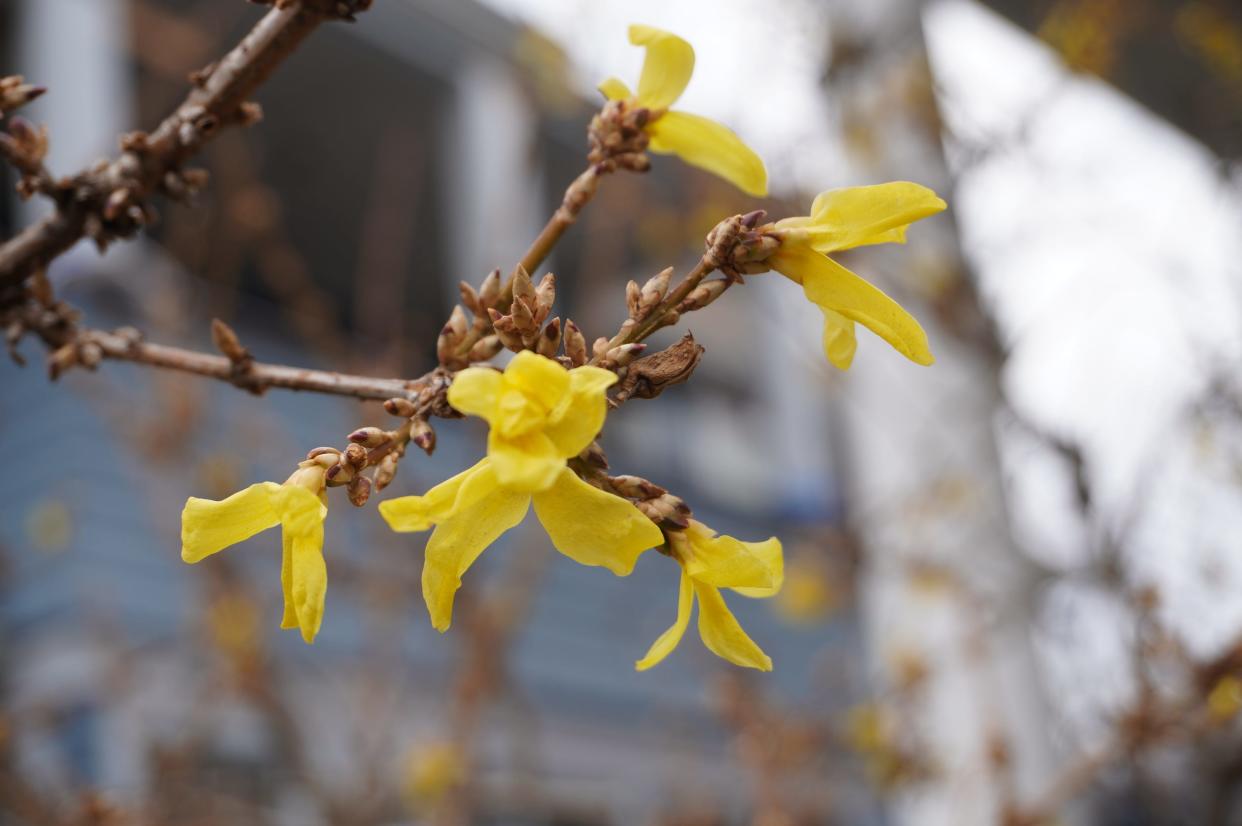
Winter is upon us, with a future of spring flowers months away and memory of a mild fall and early winter a few weeks in the rearview mirror. Having said that, I must remark upon that recent mildness, the out-of-season forsythia blossoms at Secrest Arboretum in Wooster as late as mid-December and in New York City the week after Christmas, when snapdragons and honeysuckle, asters and abelia, roses and forsythia were abloom, albeit sparsely. Now, for a winter wonder:
Plant Selections UnVeiled. Before the holidays, I attended a talk at the Ohio State University Green Industry Short Course by Jason Veil, curator of OSU’s Secrest Arboretum in Wooster, on “Proven Performers at Secrest.” It was eye-opening regarding some of his observations of the 3390 plant taxa (unique types, from species to cultivated varieties) at the arboretum, which he describes as a “slow-moving zoo.”
Secrest is home to over 170 crab apple taxa, three more than the second most varied collection in the United States, at Morton Arboretum near Chicago. As Jason notes: “Plant breeding is in hyperdrive” right now, attested to by a new Secrest trial of over 61 different panicled hydrangeas.Other trials include those crab apples, coneflowers, and most recently, ninebark (Physocarpus).
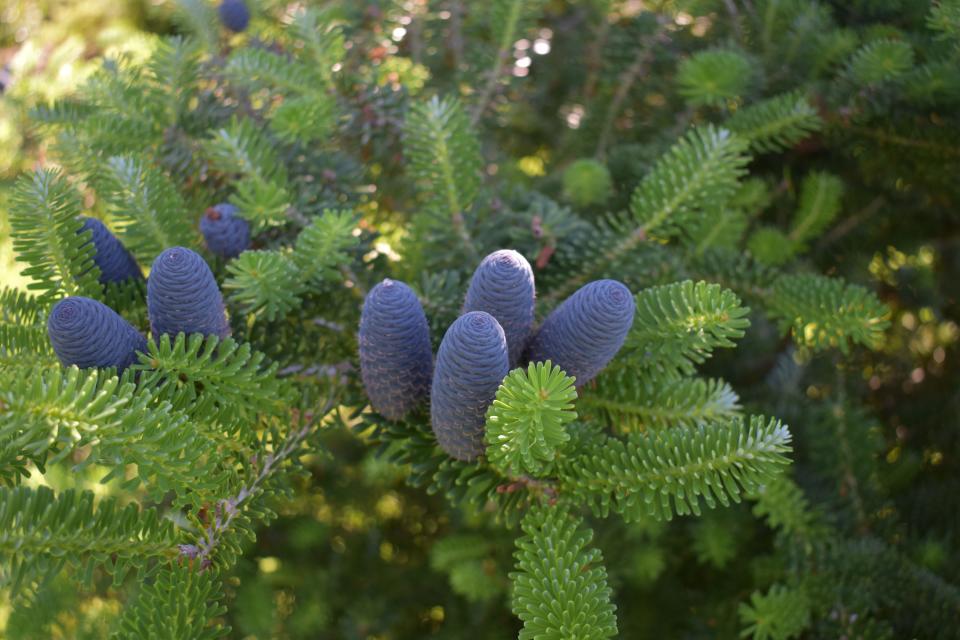
So, from time to time in this New Year of Trees and Shrubs in the Almanac, let’s take a look at some of Jason’s observations. This time, consider firs (The genus Abies). Firs are single-needled conifers with upright cones. White fir (Abies concolor), native to Western mountains from the Oregon Cascades to the California Sierra Nevada range to Mexico, turn out to be well adapted to the heat of Ohio, and are much better suited to Colorado spruces (which are in a different genus, Picea).
Grown from seed, white firs are variable in needle color, ranging from blues similar to Colorado blue spruce to green. Cultivars, which are grafted, provide reliable blue color, and include “Blue Cloak,” a semi-dwarf tree with upturned needles, “Candicans Nana” with powder-blue needles and a size of 4 by 6 feet, and “La Veta” with upturned needles that are highly ornamental.
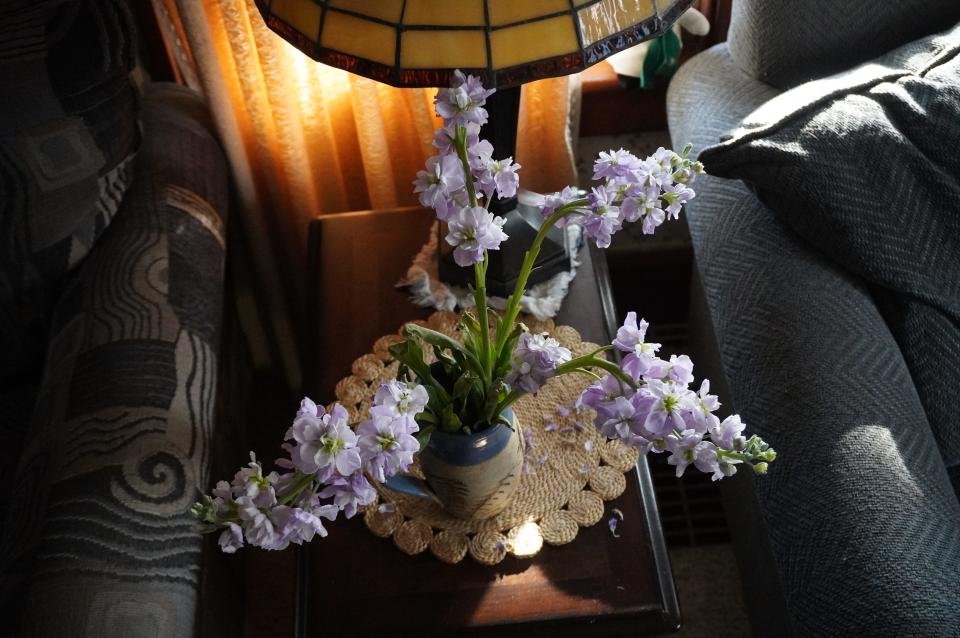
Taking Stock. My wife and I celebrated our 45th wedding anniversary at the New Year and she brought back old times with some cut flowers from Buehler’s — Matthiola incana — also known as “gilly-flower” or “stock.” It has lasted now for over two weeks, thanks to the floral preservatives florists use for longevity, sort of like our marriage.
Note: the traditional stone for the 45th is the sapphire, deriving from the mineral corundum. Traditionally, sapphires are red but, depending on the geographic area, some corundums provide violet, red and pinkish hues.
We had forgotten about this lovely sweet-scented flower that Laura used to know well when she was a coach of the flower judging team at the Ohio State University Horticulture Department. Old-time flowers and an old-time competitive Big Ten team that traveled all over the country, providing good times and training to budding floriculturists.
If you Google judging teams at OSU, it has meat-judging teams and dairy-judging teams in the College of Food Agricultural And Environmental Sciences, along with most obviously defensive line strategy-judging teams, but alas no flower judgers.
“Stock” flowers come in many shades, including the light violet hues of our purchase. Many are doubles. Matthiola (in the mustard family, the Brassicaceae) is native to southern Europe with one type native to Scotland, and includes some that are annuals, some biennials (vegetative one year and flowering and dying in the second year), and some perennials. Cultivation records date back to the 16th century. Vibrant, alive, the sweet smell of perennial romance. But, of course.

The Nature of Names. Ever-fascinating is the different names for plants. I was reminded of this recently when viewing Hubacher’s Originals at the Carpenter’s Cup coffeeshop in Smithville. Jon Hubacher is a true craftsman and artist of wood; one of his American chestnut tables adorns my daughter Anna’s living room in Brooklyn. I was admiring Jon’s crafting of an Ambrosia maple table: cream-colored wood with swirling streaks making unique designs, intact bark of the cut along the edges of the table. Truly glorious. But what maple is the Ambrosia maple?
First, maples are in the genus Acer, over 130 species and thousands of cultivars of Northern hemisphere plants worldwide. Examples of maple species include sugar maple (Acer saccharum) and red maple (Acer rubrum). A further popular delineation is the term hard maple (such as sugar maple) and soft maple (such as red maple). Hard maples are used for finished wood products such as flooring and billiard cues, in which uniform grain and strength are needed. Soft maples are used for materials such as railroad ties and veneer.
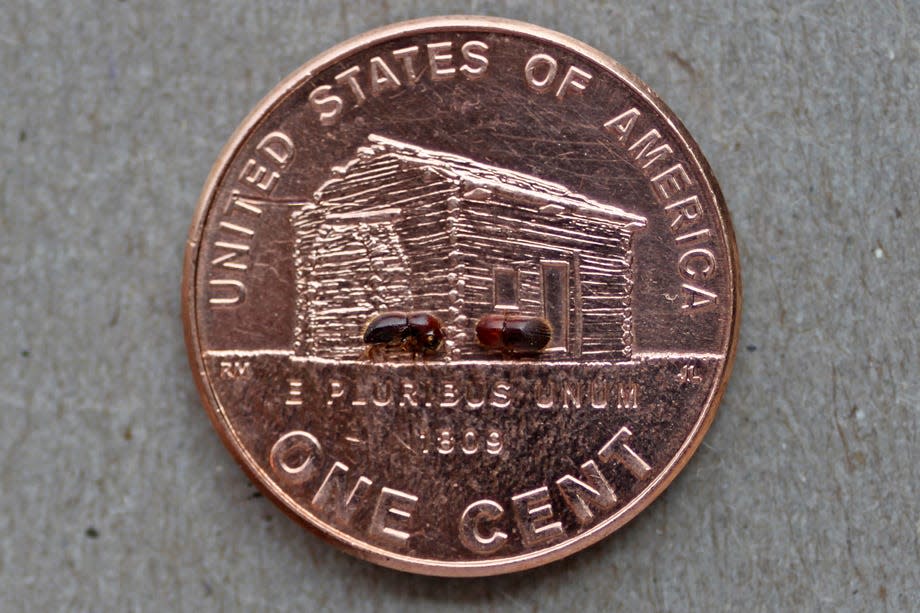
So, names based on botanical classification and wood product-use names. Again though, what does “ambrosia maple” refer to? According to Jon Hubacher and wphardwoods.com it is a “Soft maple with a cream-colored background that is host to a variety of grayish-blue to brown streaks that are caused by an infestation of the “ambrosia” beetle. The beetle burrows into the tree and leaves a fungus in its path, which is what creates the discoloration in the wood and create a unique pattern in each board.” A name by any other name …
So, what about birdseye, maple, curly maple, quilted maple, spalted maple? For that matter, why is red maple also known as swamp maple? Let us save that for another time.
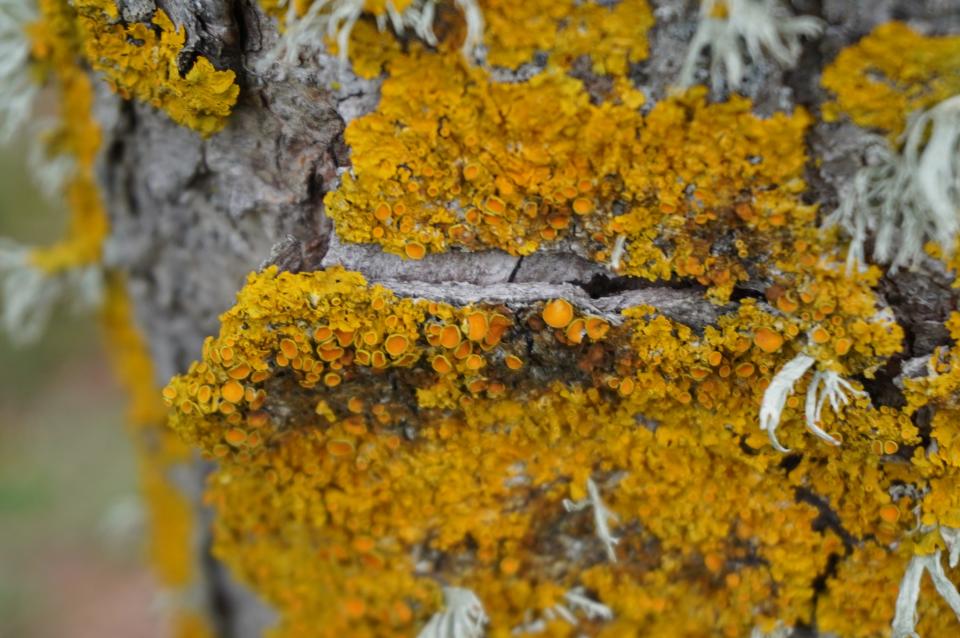
I’m Lichen My New Year’s Resolution. One of my favorite responses from a student years ago in my “Fleshy Woodland Fungi” class, a response to my question of “Why did you take this course?” was “I want to know about the environment around me. I am pretty good on birds. And insects. And wildflowers. And trees. Now, mushrooms.” Good thinking. So, my resolution for 2022, especially since I was asked to give a talk come October on “The Many Lives of Lichens,” is to make this year my personal Year of the Lichen.
One teaser to start the year? Lichens are extreme: They not only are considered extremophiles for their tolerance and adaptability to extremes of heat, cold, dryness, the pressures of outer space, but also extreme in their lessens of interdependency and mutualistic symbiosis. Lichens are a partnership between certain fungi, algae, cyanobacteria and often other fellow travelers.
As naturalists considered them in the 1800s the fungi were considered to be agriculturally enslaving their partners for their own benefit, but all partners benefit: the fungi indeed agriculturally harvest the energy produced through photosynthesis from their partners, but their algal and bacterial symbionts benefit from the minerals provided and adherence to the substrate, be it tree bark, gravestones, concrete, etc. by the fungal symbionts. And that is just the beginning.
For now, let us close with a quote from the revolutionary 20th century geneticist Lynn Margulis: “Lichens are remarkable examples of innovation emerging from partnership. …The association is far more than the sum of its parts.” Or how about this from Henry David Thoreau: “I find myself inspecting little granules as it were on the bark of trees — little shields or apothecia springing from a thallus — such is the mood of my mind — and I call it studying ...” Join me in the Year of the Lichen.
This article originally appeared on Akron Beacon Journal: Plant Lovers’ Almanac: Winter musings on firs, lichens and more

